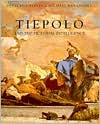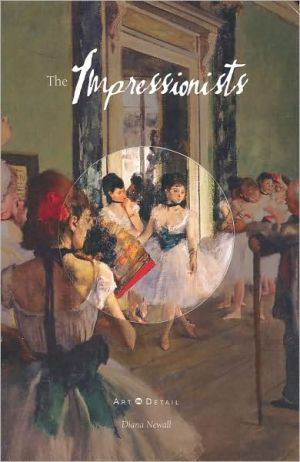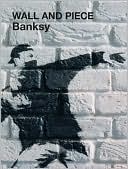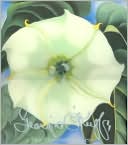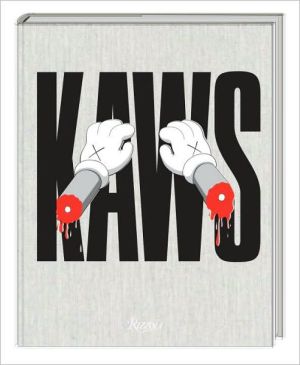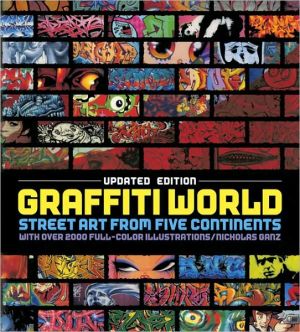Tiepolo and the Pictorial Intelligence
Tiepolo is a brilliant example of the specifically pictorial intelligence. This book is both a study of his art and an argument for fuller recognition of the peculiarities of the painter's representational medium. Alpers and Baxandall locate distinctive modes of Tiepolo's representation of the world and human action; follow his process of invention from first pen drawings, through small oil sketches, to great frescoes; and analyse his best and biggest painting, the Four Continents in the...
Search in google:
Tiepolo is a brilliant example of the specifically pictorial intelligence. This book is both a study of his art and an argument for fuller recognition of the peculiarities of the painter's representational medium. Alpers and Baxandall locate distinctive modes of Tiepolo's representation of the world and human action; follow his process of invention from first pen drawings, through small oil sketches, to great frescoes; and analyse his best and biggest painting, the Four Continents in the Stairway Hall of the Prince-Bishop's Residence at Wurzburg, illustrated with photographs specially taken for the book. The topics taken up include: painting's resistance to enacted narrative drama, its engagement with indeterminacies and repetitions, the senses in which a painter may 'perform' both past art and himself, the constructive roles of gestural drawing, exploitation of shifts of scale between design and finished work, dialogue between the changing natural site lighting and in-picture lighting, contributions made by the beholder's own mobility, the expressive scope of tensions between two and three dimensions, the deep rationale of rococo formal structure, and the sources of the moral force of pictures without an explicit moral. The book - both art criticism and a practical polemic - ends with an annotated gazetteer for travellers, listing those Tiepolo paintings that can still be seen in the places and conditions for which he painted them.
ChronologyIA Taste for Tiepolo11Declining taste2The painting3The painter4The painting in view5Performing Veronese6Dogs, clouds, poles as devices7Discovery as a pictorial theme8Para-narrative9The music of the Moses10IncantesimoIIInstruments of Invention: Drawing, Paint, Light511Pen and wash2Movement of the hand3Line and the edges of known objects4Generating the phenomenal5Summary: graphic process and visual process6The oil sketch7Hue as timbre: colour as light8Towards fresco9Shadow: Cochin on Tiepolo10The mobility of lighting (Gesuati 1)11Negotiations with site lighting (Gesuati 2)12The stimulus of mobile lightIIIThe Treppenhaus at Wurzburg1011Balthasar Neumann's light theatre: sources and surface2Perambulation: negotiating with the windows3The critique of rotational symmetry4Meanings and dimensions5Groups: propagation from the oil sketch6A maze not without a plan7Drawing, scale and self-similarity8The rococo lever: objects v. fields9The problem of Europe10Bracketing the moralAppendix: Tiepolo in situ167Notes and References175Index183Photograph Credits186
